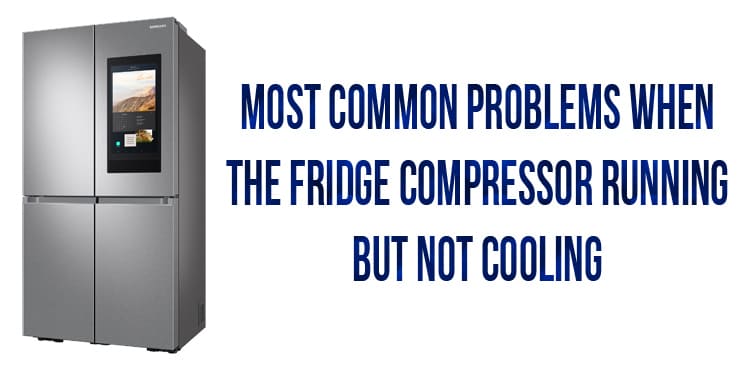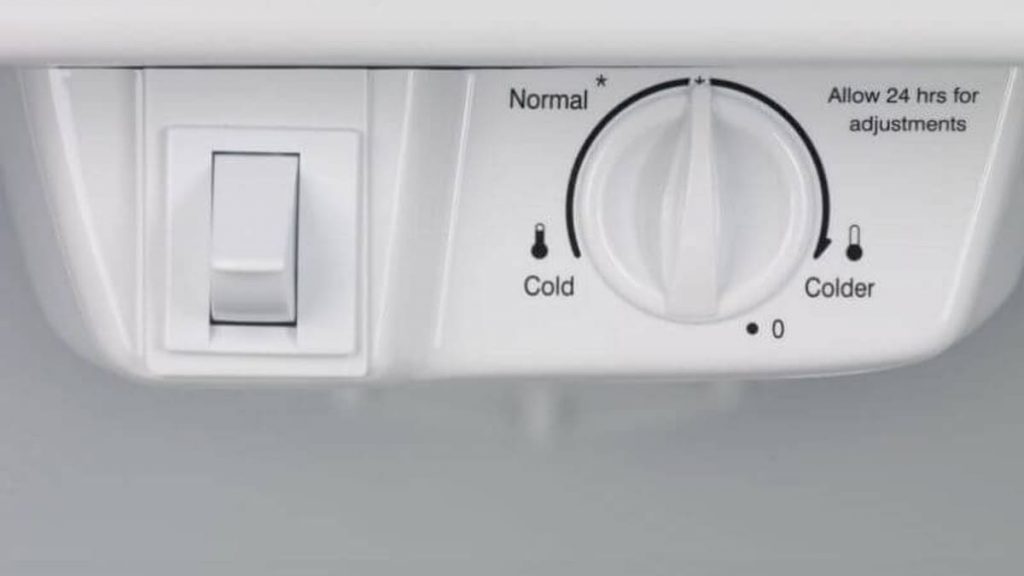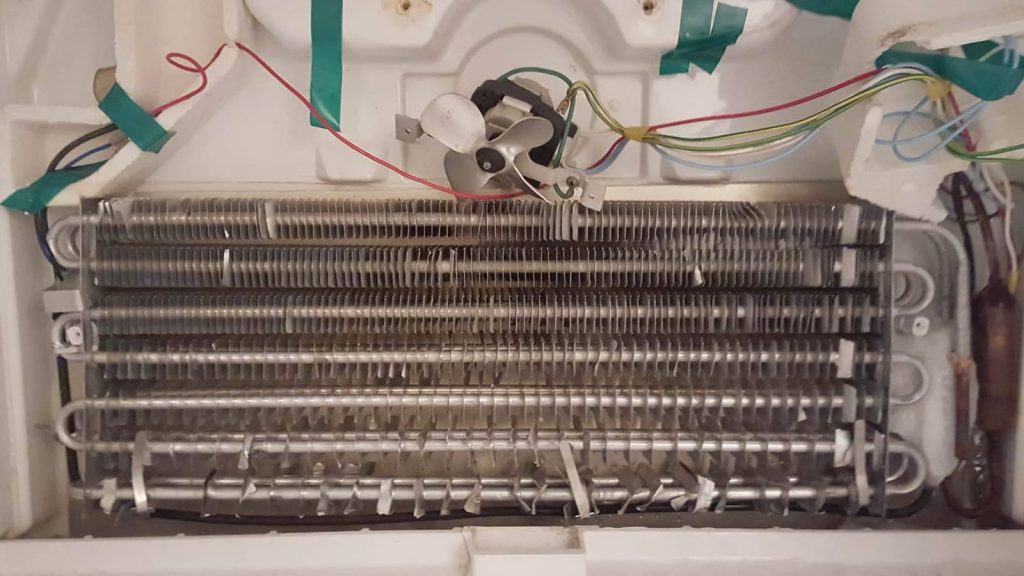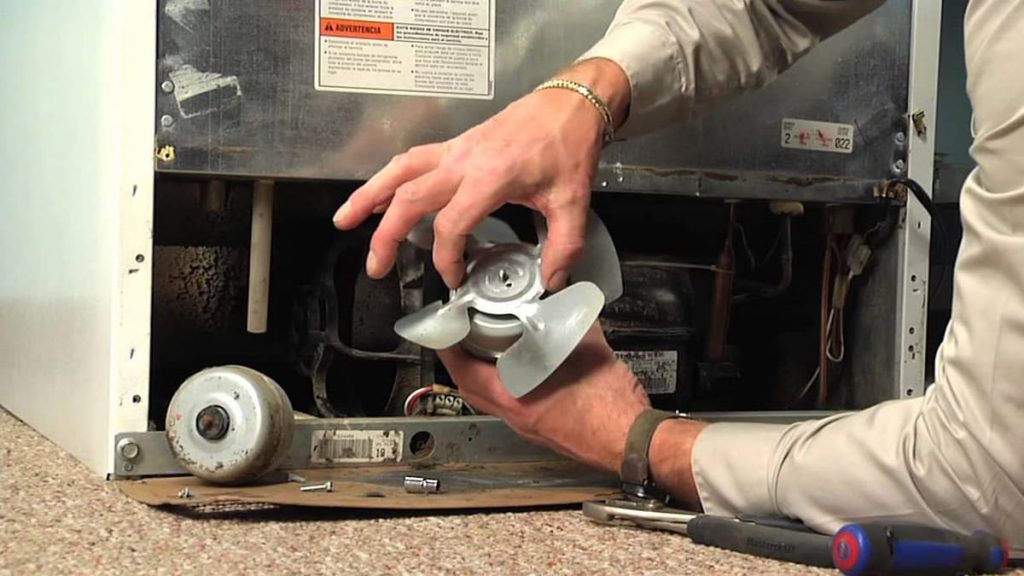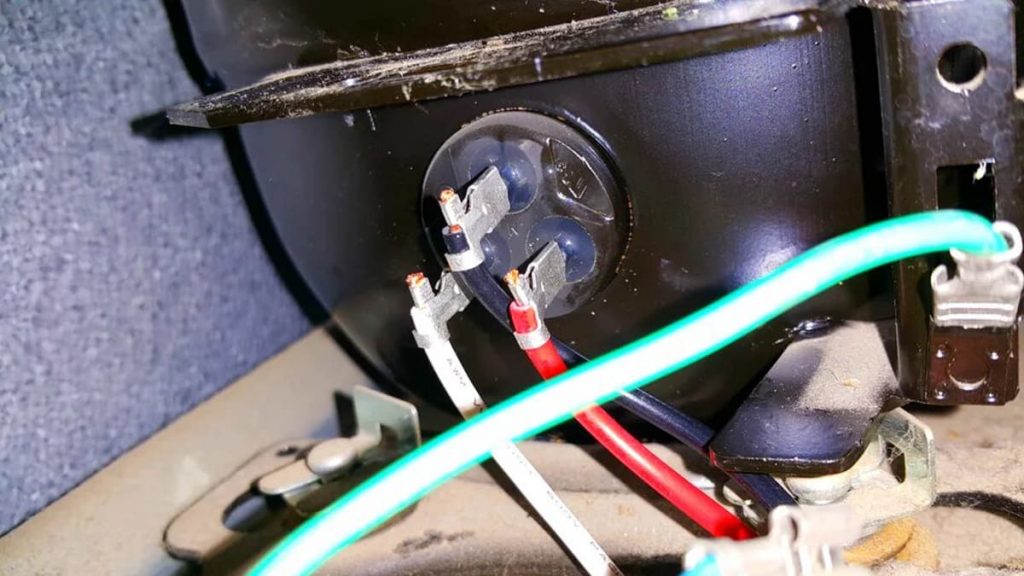All refrigerators from different manufacturers, such as Maytag, Samsung, LG, Kitchenaid and others, are arranged according to the same principle. They differ in volume, functionality and other features. The cooling process itself is possible thanks to the compressor and refrigerant. If you begin to notice that the refrigerator is not cold enough or even warm, although the compressor is working, you need to find the cause. Perhaps the compressor has failed – this is the most common problem. If the temperature is above 10 °C, then a complete replacement will be required, if it is below 10 °C, then there is a chance that the part can be repaired. Find out why a running compressor does not cool or does not cool the temperature in the refrigerator enough.
Incorrect temperature control settings
Before you do repairs or call the wizard, first check the controls of household appliances. In models with digital or disk adjustment, incorrect settings may be set, so the refrigerator is fully functional and operates according to the specified parameters.
Children or you yourself can change the temperature regime by accidentally putting food in the refrigerator. Therefore, the first step is to check if the temperature in the refrigerator is set correctly. If not, just adjust the settings and everything will be in order. You can also try rearranging the temperature by setting lower values so that it is colder in the chamber.
Frozen evaporator coils
The most common malfunction that causes the refrigerator to not be cold enough is frozen evaporator coils. To verify this, you need to remove the lid from the freezer to see the coils. If the coils are covered with frost, you need to disconnect the refrigerator from the mains for 1-2 days so that it completely thaws. While the refrigerator is defrosting, take care of perishable foods.
Keep rags near the refrigerator, as water may begin to seep onto the floor while the appliance thaws. After a day, you need to check the refrigerator. If all the ice has melted, then you can start household appliances and check if the cooling is working.
In order for the refrigerator to completely thaw exactly, it is advisable to leave it in the off state for two days. In one day, some elements may not completely go away, which will lead to repeated freezing of the coils and the equipment will not be able to work correctly.
If after that the refrigerator began to cool normally, then the problem really was in the frozen evaporator coils. This may be due to the following reasons:
- faulty defrost timer;
- the defrost thermostat is out of order;
- The defrost heater is not powerful enough.
After inspection, defective parts can be replaced. For this, the help of a master is not always needed, since the repair is quite simple. The main thing is to make sure which part is faulty.
Worn out evaporator fan
If you begin to notice that your refrigerator makes strange sounds, squeals or rattles, and also vibrates, while it does not cool the air, then the evaporator fan is most likely out of order. It may not necessarily be broken. Sometimes this element simply gets stuck due to accumulated dust and dirt. Then it is enough just to clean the part. If this does not help, then you will need to replace the element with a new one.
The evaporator fan is located inside the freezer, next to the coils and is covered by a casing. To check its serviceability, you need to open the door and check with your hand on the back of the refrigerator whether the fan is blowing. If the temperature in the back of the freezer feels the same as in the room, then the fan is definitely broken.
Faulty condenser fan
Behind the back of the refrigerator there is a compressor and a condenser fan. They usually turn on when the thermostat calls for cooling. The fan works on the coils, blowing them with air and ensures the correct heat exchange. Thanks to this, the refrigerant circulates correctly and keeps the set temperature in the refrigerator.
If you hear extraneous noise from the condenser fan or it does not work at all, then you need to replace this part. To verify the problem, you need to move the refrigerator away from the wall, turn off and remove the rear access panel. Then turn on the refrigerator and watch. So you can understand what happened to the fan and, if necessary, replace it.
Sometimes a faulty fan prevents the compressor from working properly, causing it to heat up rather than cool. It’s easy to check. It is necessary to blow the compressor with a fan or hair dryer, including cold air. If the compressor cools down and the temperature cools down, then you need to change the condenser fan to a new one.
Start relay failed
The start relay rarely fails, but such a problem also leads to the fact that it becomes warm in the refrigerator compartment, while the compressor is working properly. The start relay is usually located on the compressor to start it during the refrigeration cycle. If it is faulty, then the signals from the thermostat simply will not go to the compressor and fan.
Signs of a failing start relay are characteristic clicks when the compressor turns on and off. Try disconnecting the relay from the compressor and shake it a bit. If you hear that something is rattling inside it, then the problem is in this element, it needs to be changed.
Fouled condenser coils
The refrigerator condenser can accumulate dirt and dust over time, causing the refrigeration unit to not work properly. Dirty coils are not cooled to the correct temperature. If it overheats, the thermostat will disconnect the capacitor from the power source. Also, with this problem, you may notice that the condenser fan has started to turn on much more often – every 2-3 minutes.
To check the coils, you need to unplug the refrigerator, remove the back panel and inspect them. Dust and dirt can be removed with a vacuum cleaner or a soft brush. It is desirable to carry out such a procedure once every six months, then there will be no problem with overheating of the condenser. Accordingly, the refrigerator will work properly, cooling the temperature in the chamber.
Thermistor has failed
The refrigerator has a special sensor that is connected to the refrigerator control board to control the temperature in the refrigerator compartment – this is a thermistor. If this part fails, the refrigerator will not work properly. When it is suspected that the thermistor is faulty, it is better to call the wizard. It is unlikely that you will be able to cope with this problem on your own, because it requires certain knowledge, skills and special equipment.
- the ventilation openings are clogged;
- Containers, boxes and containers with food are placed incorrectly inside the chamber, which prevents normal air circulation;
- Faulty refrigerator doors or rubber seals that allow air from the room to get inside.
If you are faced with the fact that the refrigerator has stopped cooling the temperature inside the chamber, but the compressor is still working, use our tips and tricks. Correctly identifying the cause and fixing the problem yourself will help save on repairs. If you are not sure that you can do the repair yourself, it is better to entrust the work to the master so as not to aggravate the problem.
